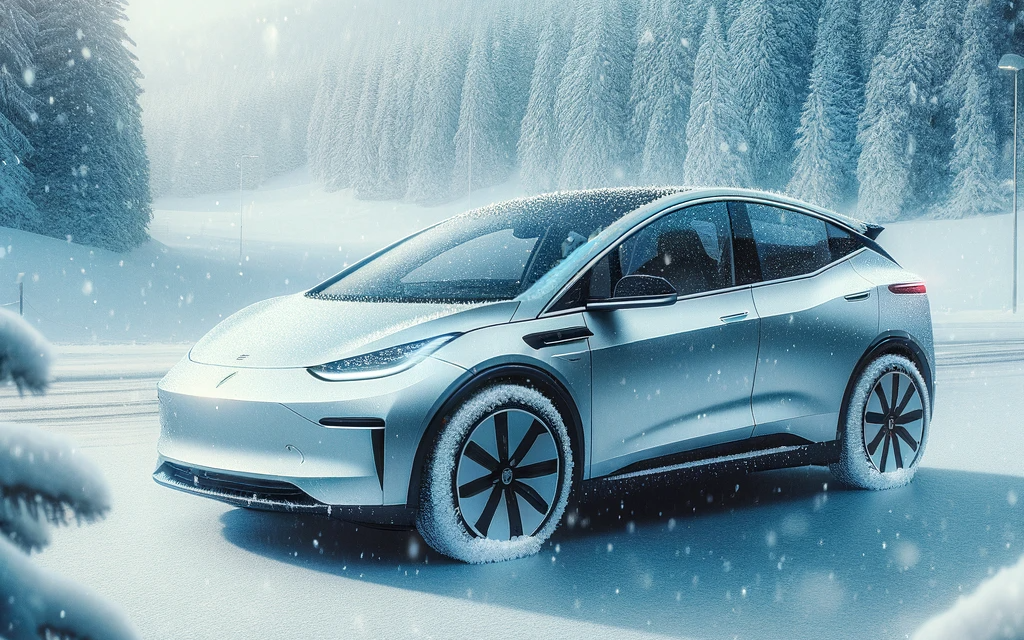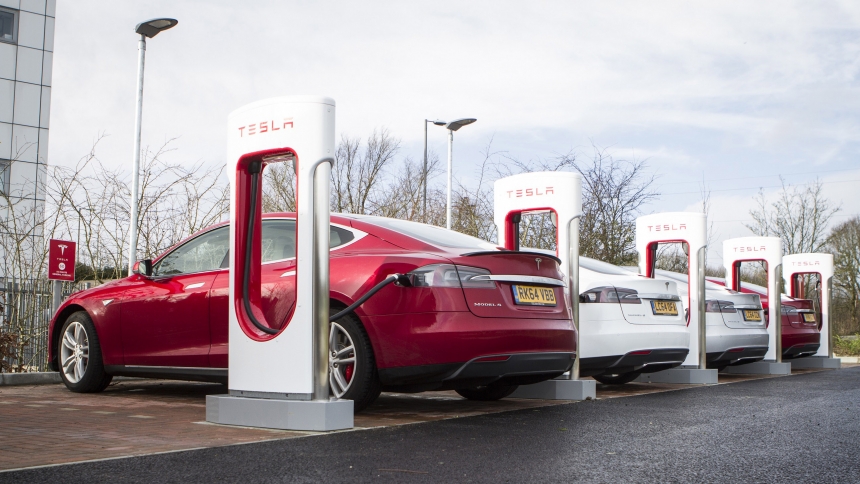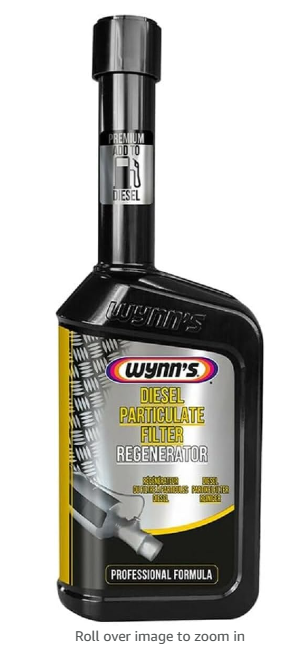Maximizing the range of an electric vehicle (EV) during winter can be challenging due to the impact of cold weather on battery performance and energy consumption. Here are some tips to help improve your EV’s range in colder conditions:
- Precondition the Battery: If your EV allows, precondition (pre-heat) the battery while it’s still plugged in. This process heats the battery to an optimal operating temperature, ensuring better performance and efficiency when you start driving.
- Use Cabin Preheating While Plugged In: Preheat the cabin of your EV while it’s still charging. This reduces the energy required to heat the car once you’re driving, preserving battery power for mileage instead.
- Drive Conservatively: Aggressive driving consumes more energy. In winter, driving gently and avoiding rapid acceleration can help conserve battery power.
- Regenerative Braking: Utilize regenerative braking, which recovers energy and recharges the battery slightly when decelerating.
- Limit High-Speed Driving: Higher speeds increase aerodynamic drag and energy consumption. Driving at moderate speeds can improve your EV’s range.
- Use Seat Heaters Instead of Cabin Heat: Seat heaters use less energy than heating the entire cabin. If your vehicle has this feature, using it instead of the full HVAC system can save energy.
- Check Tire Pressure Regularly: Cold weather can reduce tire pressure, leading to increased rolling resistance and energy use. Ensure your tires are inflated to the manufacturer’s recommended levels.
- Limit Use of Energy-Consuming Accessories: Accessories like defrosters and heated windows consume significant power. Use them judiciously.
- Plan Your Route: Plan routes that have charging stations along the way, especially for longer trips. This ensures you have options if your range is lower than expected.
- Insulate the Vehicle: Keeping the car well insulated (e.g., using a garage) can help maintain battery temperature.
- Battery Care and Maintenance: Follow the manufacturer’s guidelines for battery care and maintenance. Proper care can enhance battery life and performance, especially in cold weather.
Why is battery efficiency impacted so much by low temperatures?
EV batteries, most commonly lithium-ion, are less efficient in cold weather. Low temperatures affect the electrochemical reactions within the battery cells, reducing their ability to deliver power. The battery’s internal resistance increases in the cold, leading to reduced efficiency and slower charging rates.
What developments are being made to help battery performance in cold temperatures?
Improvements in battery technology are critical for enhancing the performance of electric vehicles (EVs) in cold temperatures. Several developments are underway to address the challenges posed by colder climates:
- Advanced Electrolytes: Research into advanced electrolytes is ongoing. These new electrolytes can operate efficiently at lower temperatures, thereby improving battery performance in cold weather. Some of these electrolytes remain liquid and functional at much lower temperatures than current standard electrolytes.
- Solid-State Batteries: Solid-state batteries, which replace the liquid electrolyte with a solid, are expected to offer better performance in extreme temperatures. They are also more stable and can potentially hold more energy, which could lead to longer ranges and faster charging times.
- Improved Thermal Management Systems: Advanced thermal management systems are being developed to maintain optimal battery temperatures. These systems can heat the battery in cold weather (and cool it in hot weather) more efficiently, ensuring the battery operates in its ideal temperature range.
- Battery Chemistry Innovations: Researchers are exploring different battery chemistries that are less susceptible to cold weather impacts. This includes the development of lithium-iron-phosphate (LiFePO4) batteries and other chemistries that offer better cold-weather performance compared to traditional lithium-ion batteries.
- Silicon Anodes: The use of silicon anodes in batteries is a promising development. Silicon can store more energy than graphite (which is commonly used in anodes), potentially leading to batteries that have higher energy densities and can maintain performance in colder temperatures.
- Preconditioning Strategies: There’s a growing focus on intelligent preconditioning strategies, which involve warming up the battery to the optimal operating temperature before use. This can be done while the vehicle is still plugged in, reducing the energy drain from the battery during operation.
- Fast Charging Technology: Advancements in fast charging technology can also help in cold weather. By reducing charging times, EVs can minimize the duration of exposure to cold temperatures when stationary, which can be beneficial in maintaining the battery’s health.
- Battery Insulation: Some manufacturers are exploring better insulation techniques for EV batteries. Effective insulation can help in retaining heat, thereby keeping the battery warmer in cold weather and reducing energy loss.
- Regenerative Braking Improvements: Enhancing regenerative braking systems to function more effectively in cold weather can also help. This would allow EVs to recapture more energy and maintain better battery efficiency.
- Software Optimization: Software updates can optimize battery performance in different weather conditions. These updates can adjust how the battery is used and charged based on temperature, driving patterns, and other factors.
These developments are part of a broader effort to make EVs more practical and efficient in a variety of climates and driving conditions. As battery technology continues to evolve, it’s expected that the range and performance of EVs in cold weather will significantly improve.
Remember, the impact of cold weather on EV batteries varies depending on the make and model of the vehicle, as well as the specific battery technology used. Always refer to your vehicle’s manual for specific advice and instructions.
Let’s hear from you
Hav you got any tips on maximising range and reducing power consumption in your EV. Let us know in the comments below





